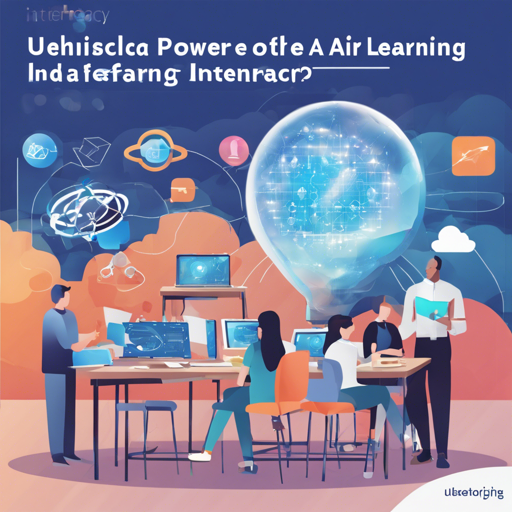Aerial robotics holds immense potential, and Air Learning is here to bridge the interdisciplinary divide between various fields to create smarter autonomous machines. In this blog post, we’ll delve into how to get started with Air Learning, including its environment generator, key features, and the integration of reinforcement learning algorithms.
What is Air Learning?
Air Learning is designed to provide a cross-domain infrastructure that enables researchers to holistically study and evaluate reinforcement learning algorithms for autonomous aerial machines. It builds upon several open-source tools, making it both robust and versatile.
Key Features of Air Learning
- Photorealistic and random environment generator using Unreal Engine.
- Integration with Microsoft AirSim for aerial robot model and physics.
- OpenAI Gym interface to facilitate the training of reinforcement learning algorithms.
- Quality of Flight metrics to evaluate performance effectively.
- Hardware-in-the-loop methodology for holistic performance analysis.
Getting Started with Air Learning
Installing and setting up Air Learning consists of two main components:
- Air Learning Environment Generator: This tool creates high-fidelity environments for UAVs.
- Air Learning Reinforcement Learning Training: Here, various reinforcement learning algorithms are integrated to train models.
For detailed installation instructions, refer to the respective repositories for the environment generator here and for reinforcement learning training here.
How to Use the Environment Generator
Imagine training a bird to navigate through a forest filled with obstacles, varying materials, and challenges. The bird learns to avoid dangers and fly through gaps based on the data collected during its training sessions. The environment generator in Air Learning works on a similar principle—it creates countless photorealistic scenarios for UAVs to “fly” within, helping them learn how to navigate in diverse situations. By introducing various elements like textures and speed, the UAV learns to adapt and thrive in different environments.
Demonstration of Air Learning
To see Air Learning in action, a simple demo illustrates the conversion of a mesh into a dynamic obstacle. You can find further visuals and examples showcasing various materials applied to obstacles 
Reinforcement Learning with Air Learning
Deep reinforcement learning is a rapidly evolving area, and Air Learning seamlessly integrates its environment generator with popular frameworks to allow researchers to train different algorithms. Users can experiment with discrete actions like the Deep Q-Networks (DQN) or continuous action control using Proximal Policy Optimization (PPO) for real-time adaptability. For a demonstration of the RL training using the Air Learning environment generator, check out the video 
Troubleshooting Tips
Here are some common issues you might encounter while setting up Air Learning and how to resolve them:
- Installation Errors: Ensure that all dependencies are correctly installed and that you’re using compatible versions of Unreal Engine and the AirSim plugin.
- Performance Issues: If the training is lagging, try reducing the complexity of the environment or consider using a higher-end desktop for your simulations.
- Data Quality Concerns: Ensure your environment generator is well-configured to produce a diverse set of challenges for the UAV to learn from.
For more insights, updates, or to collaborate on AI development projects, stay connected with **fxis.ai**.
Understanding Quality of Flight Metrics
Unlike computers where success rates are sufficient, UAVs require a more nuanced evaluation. Air Learning introduces quality of flight metrics that encompass:
- Success rate
- Energy per mission
- Distance travelled
- Flight time
This richer set of metrics allows developers to create more efficient algorithms that are not only capable but also sustainable, understanding the constraints they face.
At **fxis.ai**, we believe that such advancements are crucial for the future of AI, as they enable more comprehensive and effective solutions. Our team is continually exploring new methodologies to push the envelope in artificial intelligence, ensuring that our clients benefit from the latest technological innovations.
Conclusion
Air Learning serves as a bridge between multiple domains, creating a fertile ground for innovation in autonomous aerial robotics. By utilizing this versatile platform, researchers can break down silos and devise holistic approaches to aerial learning, paving the way for the next generation of intelligent UAVs.

